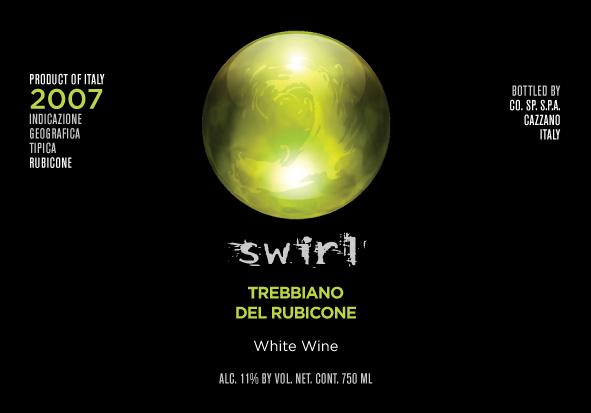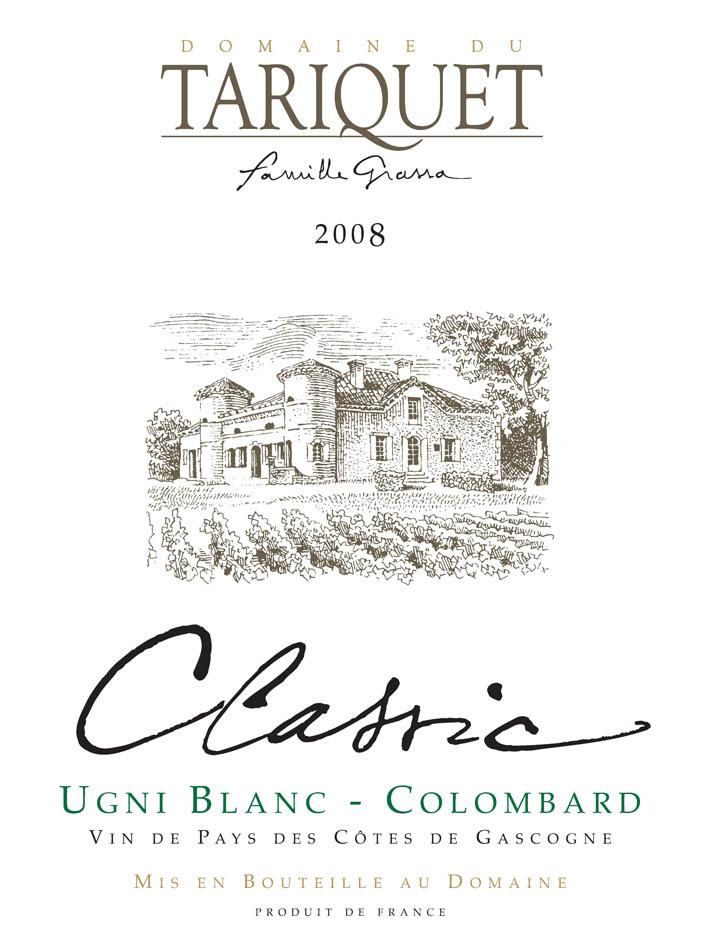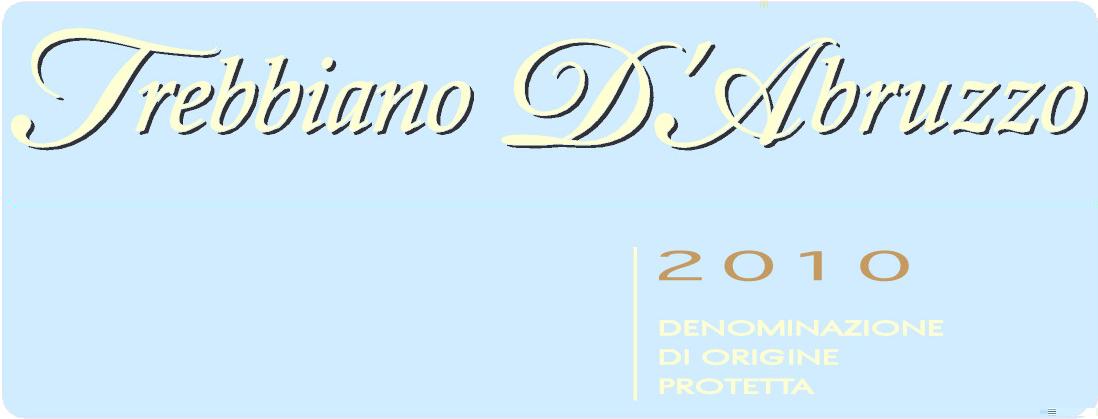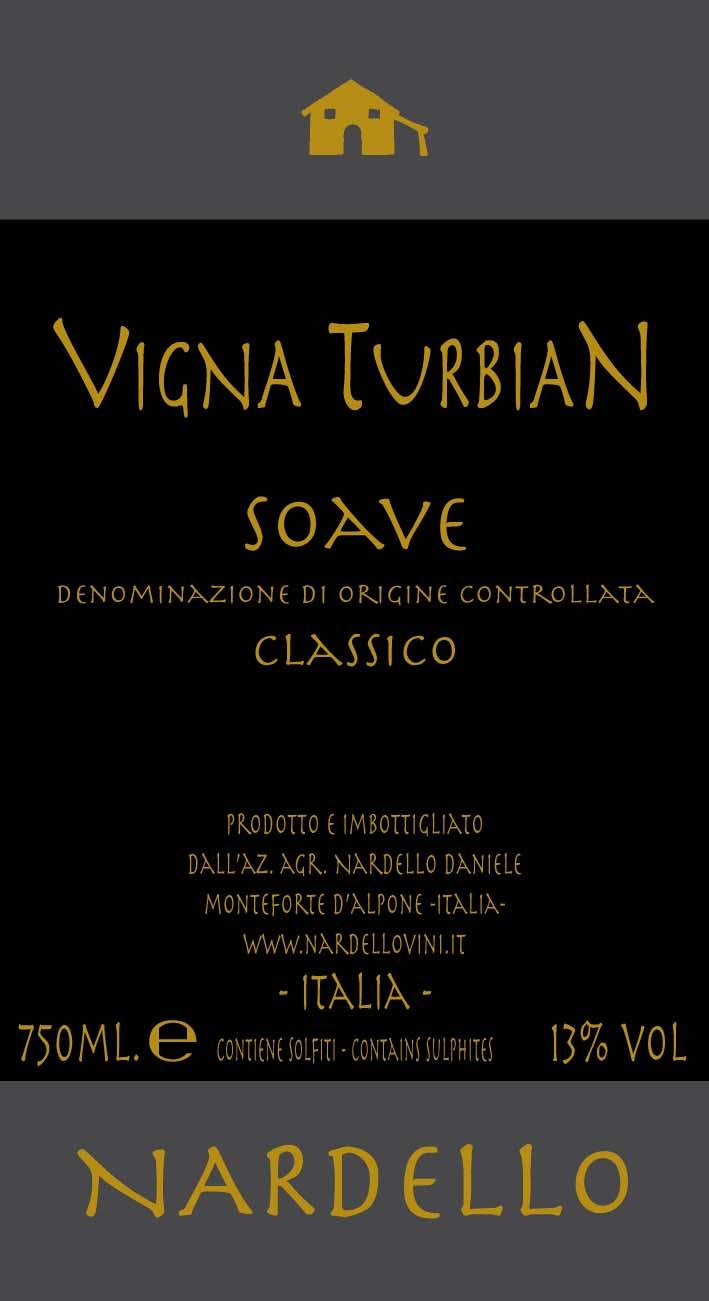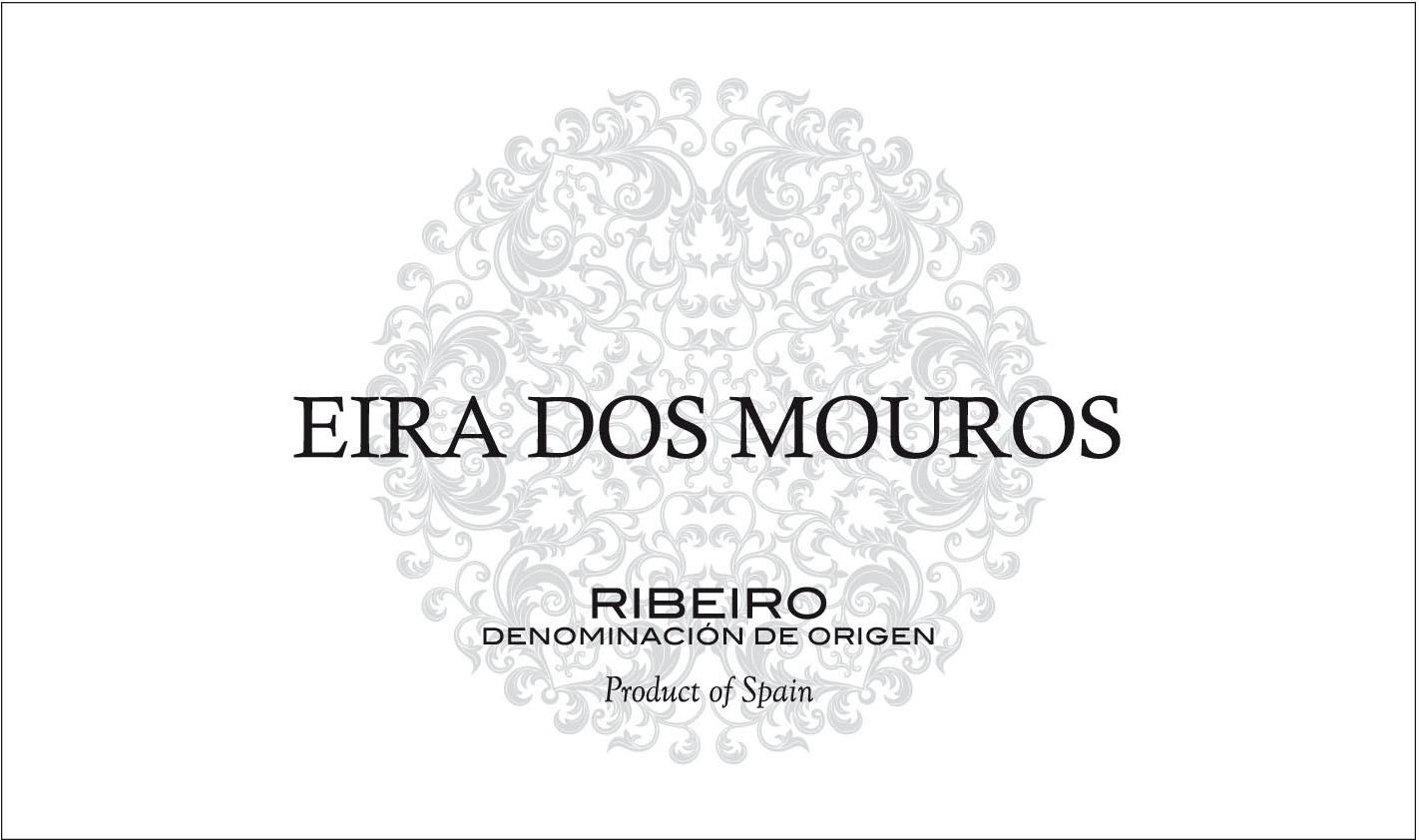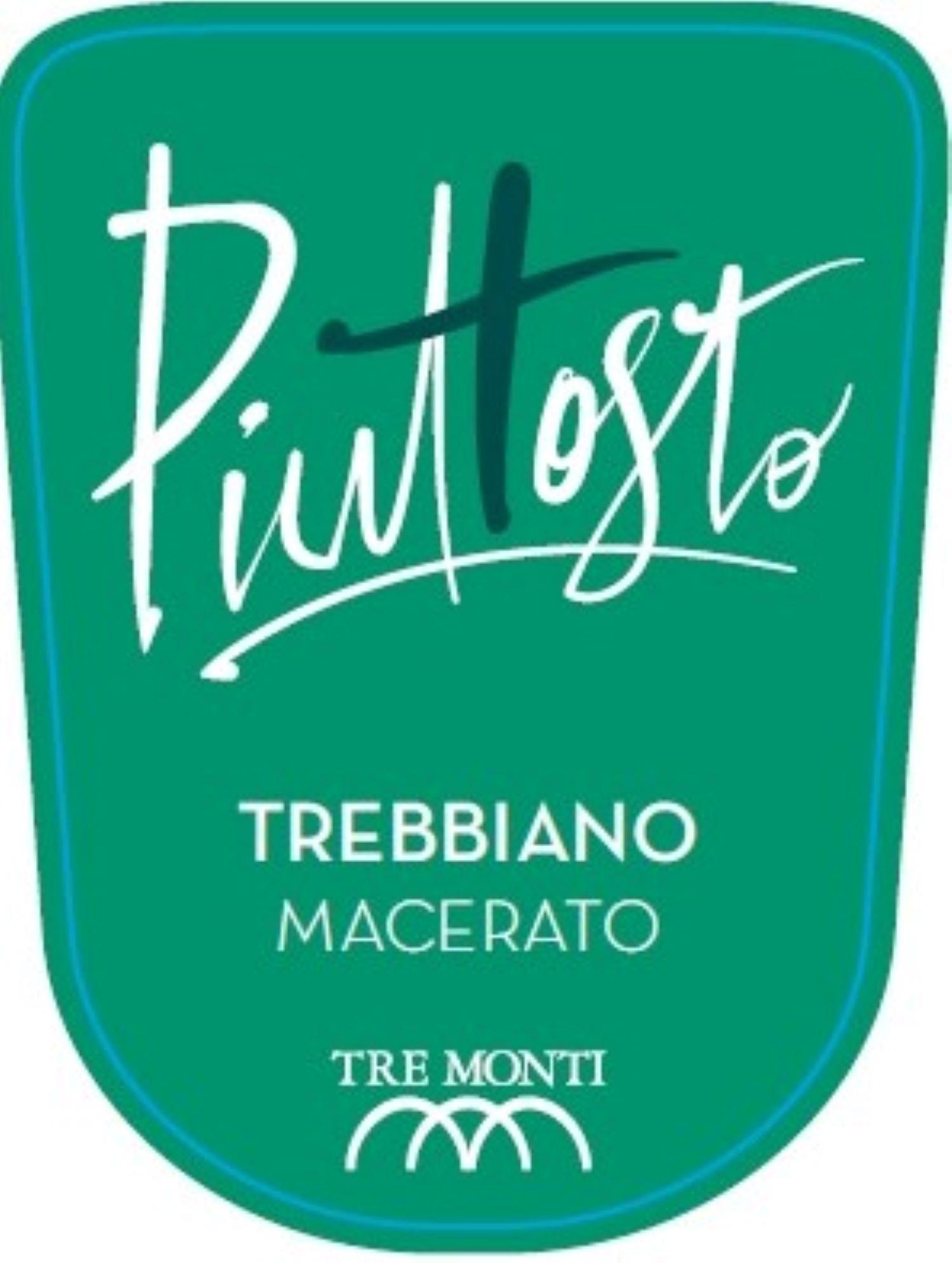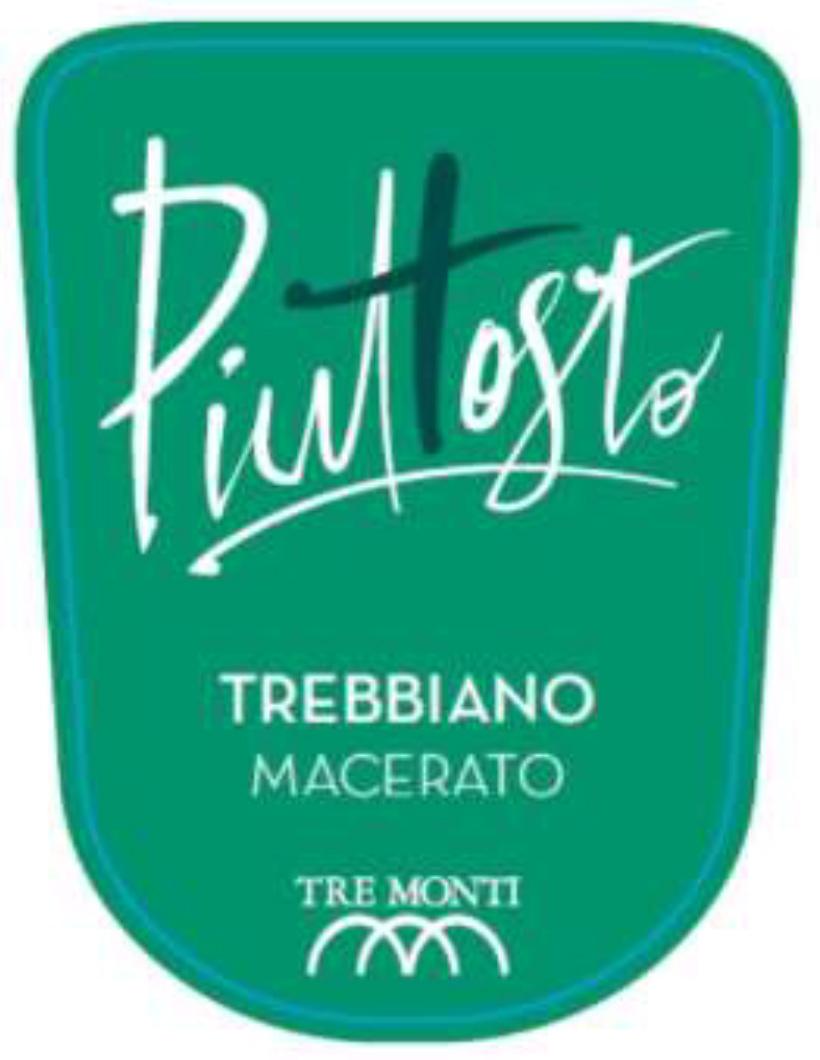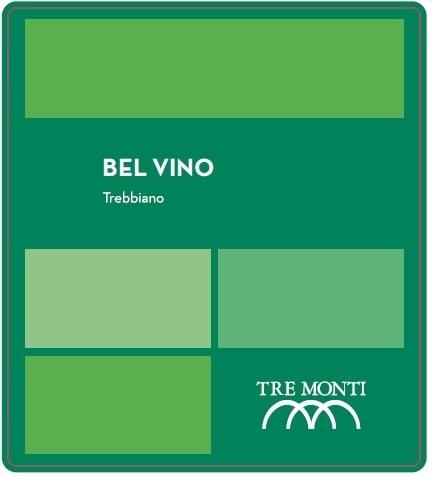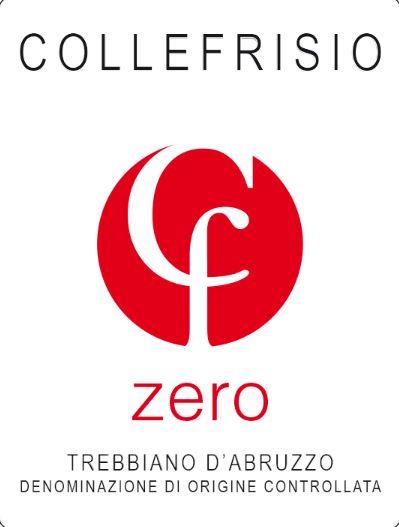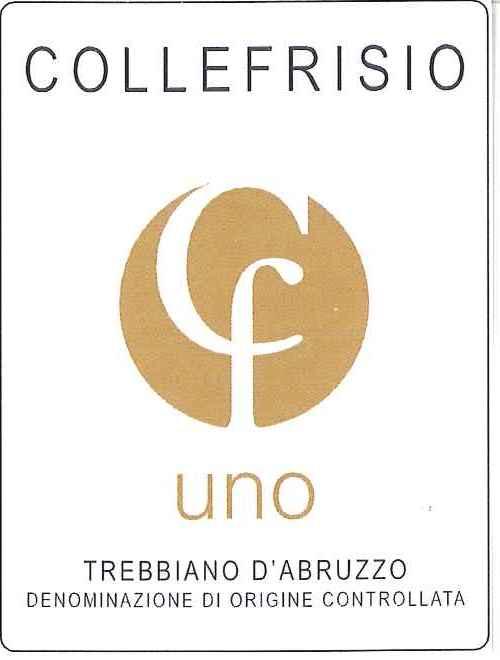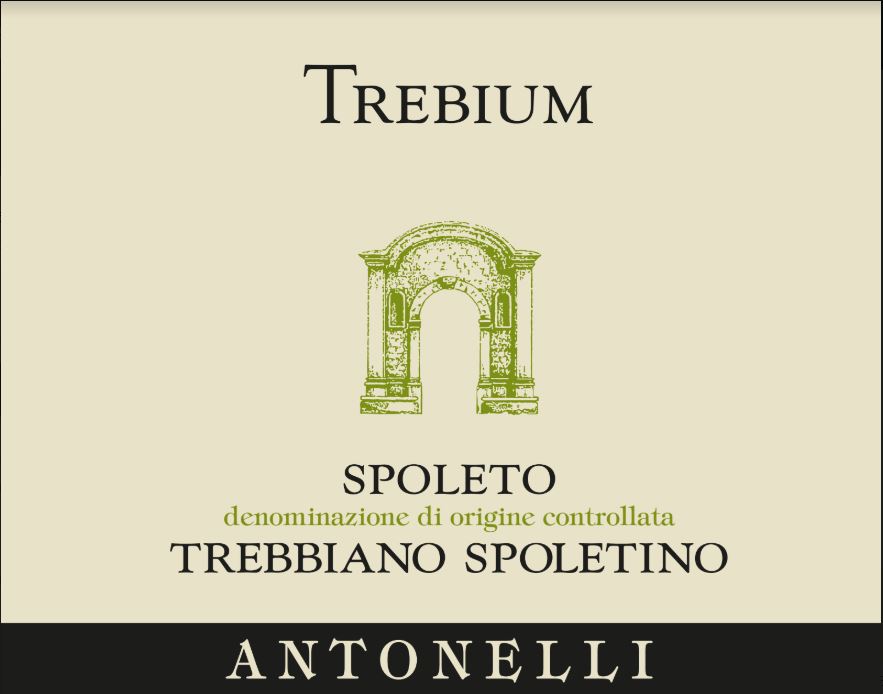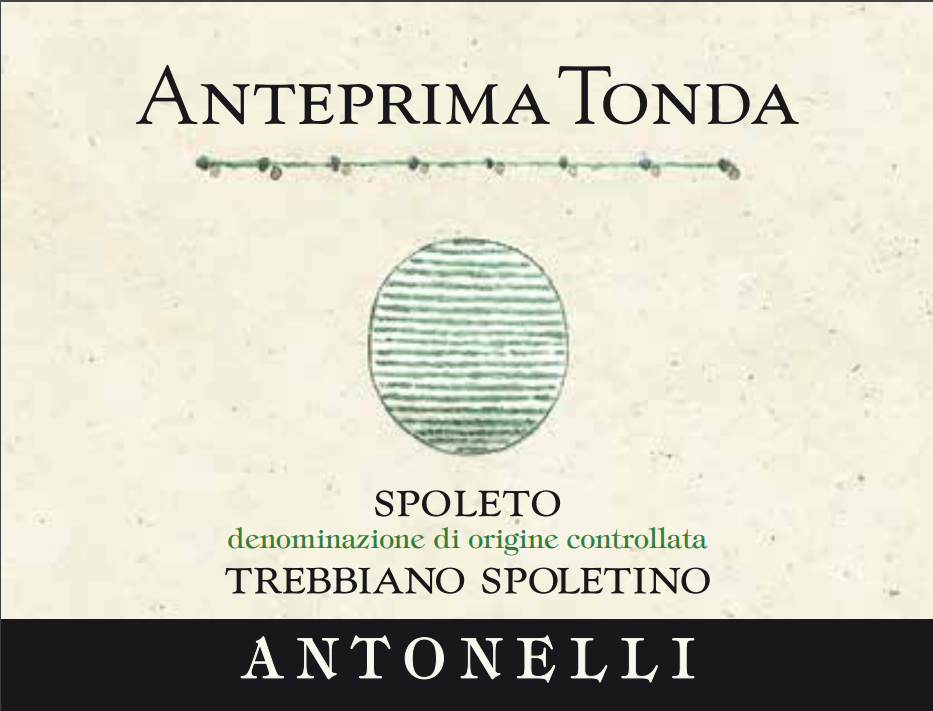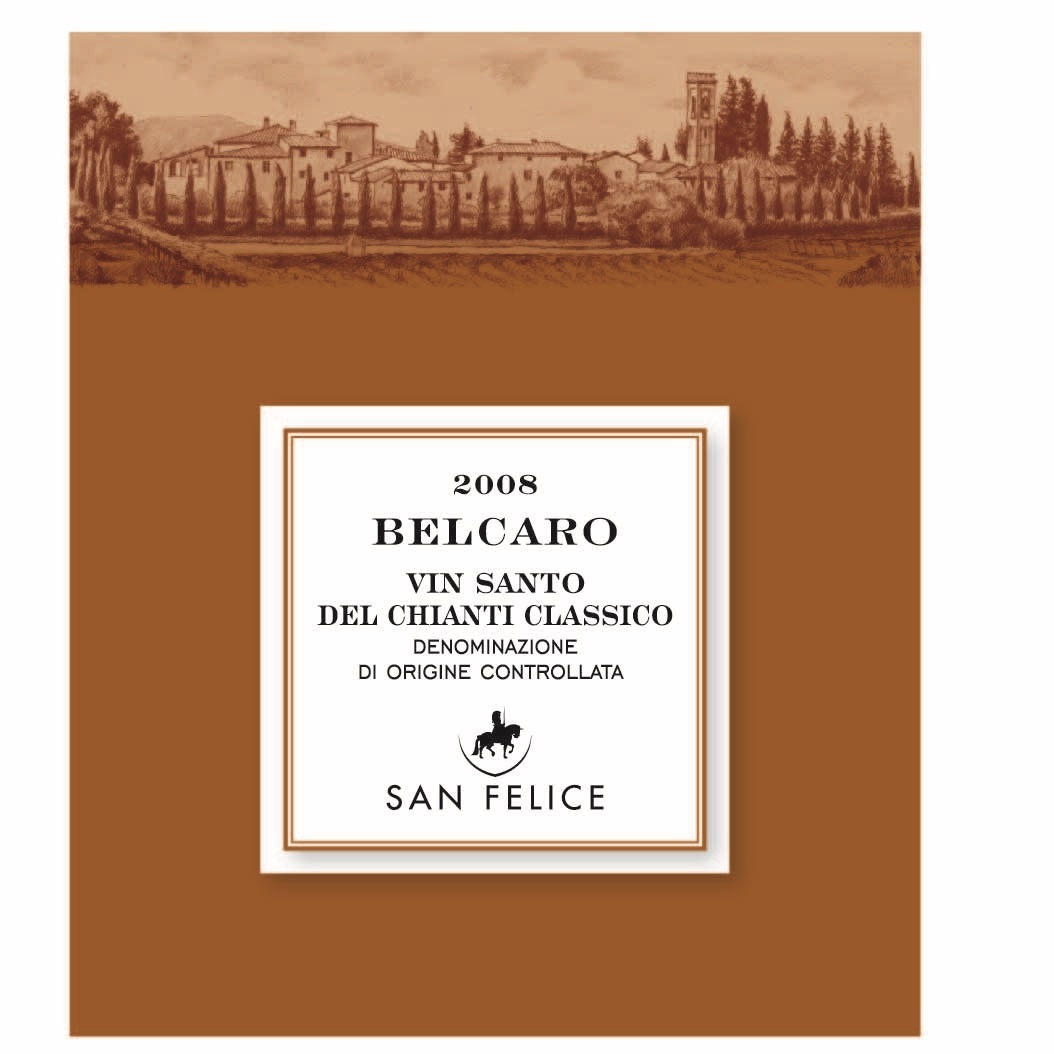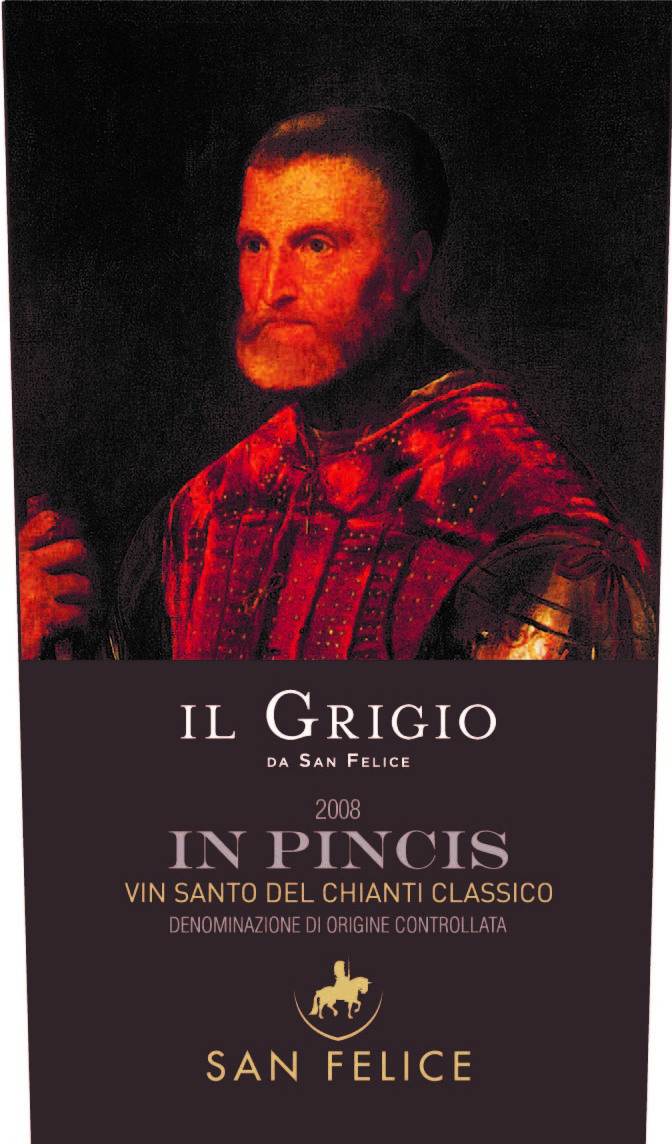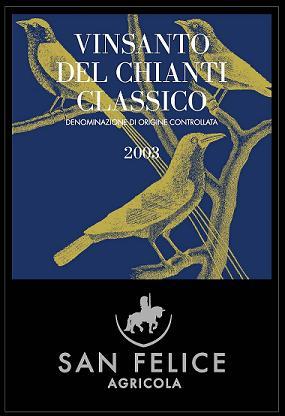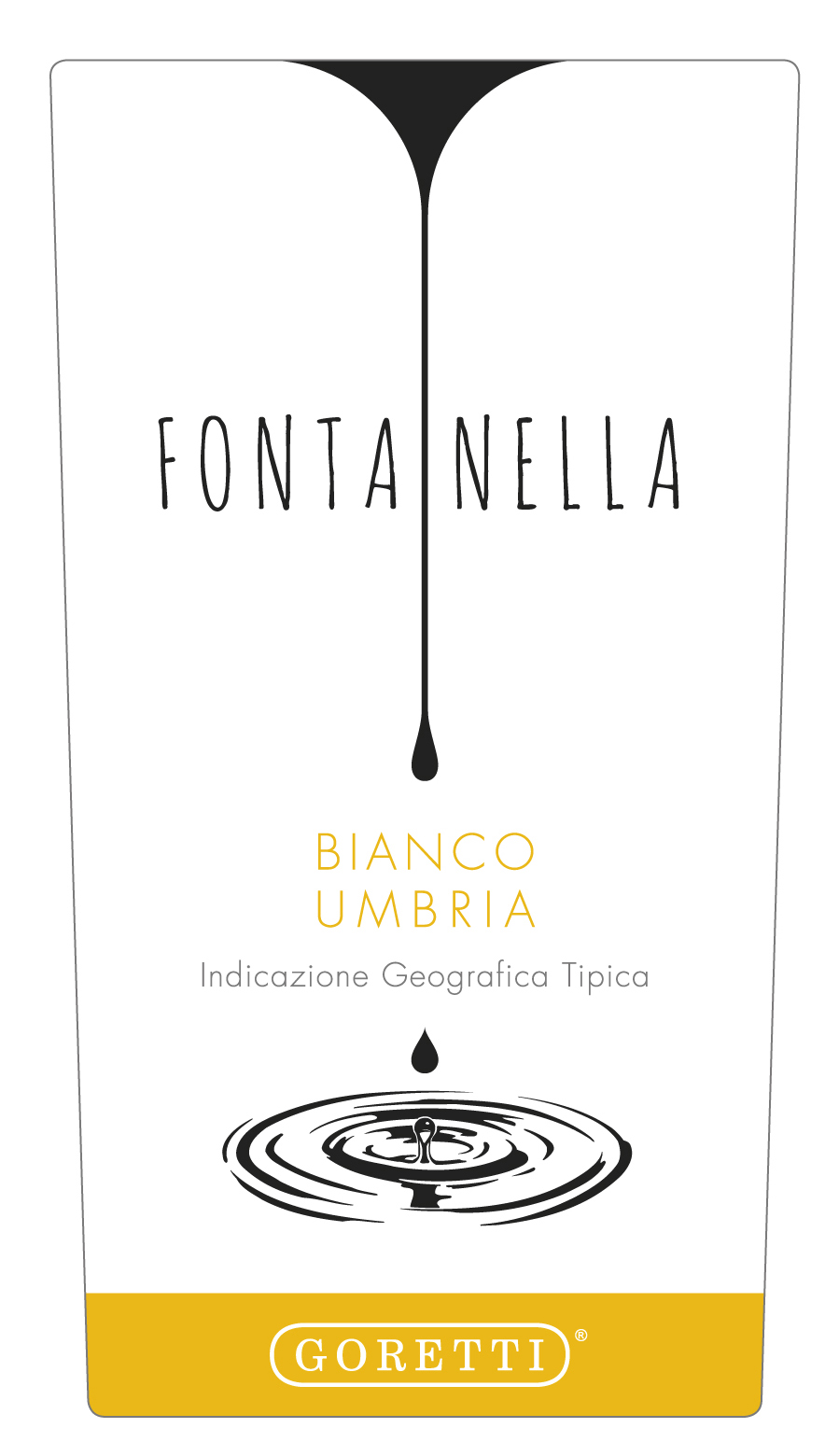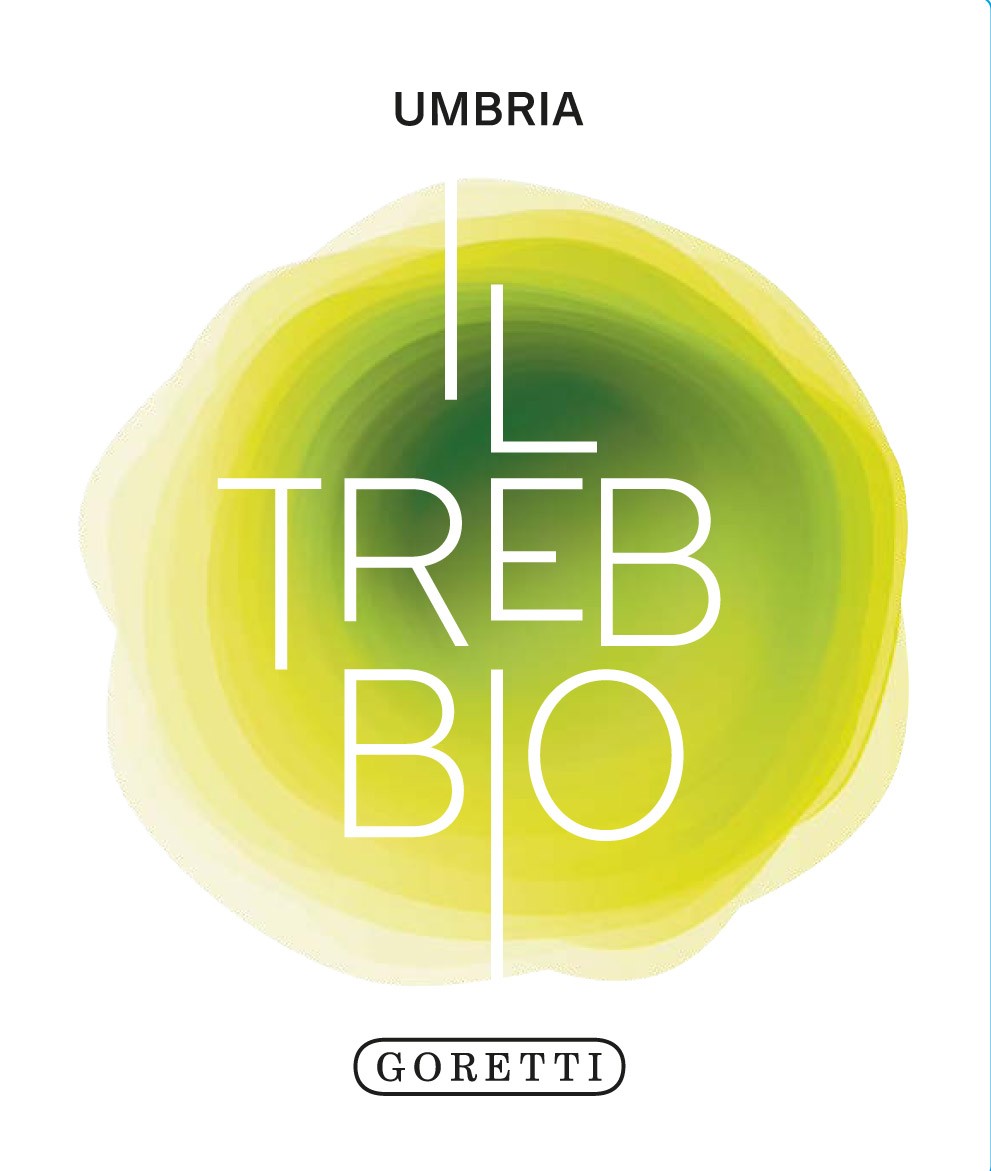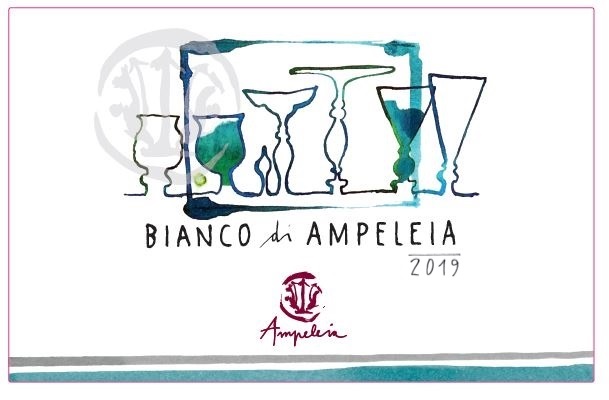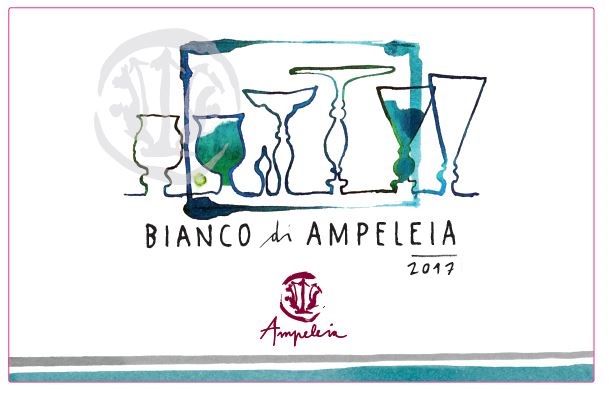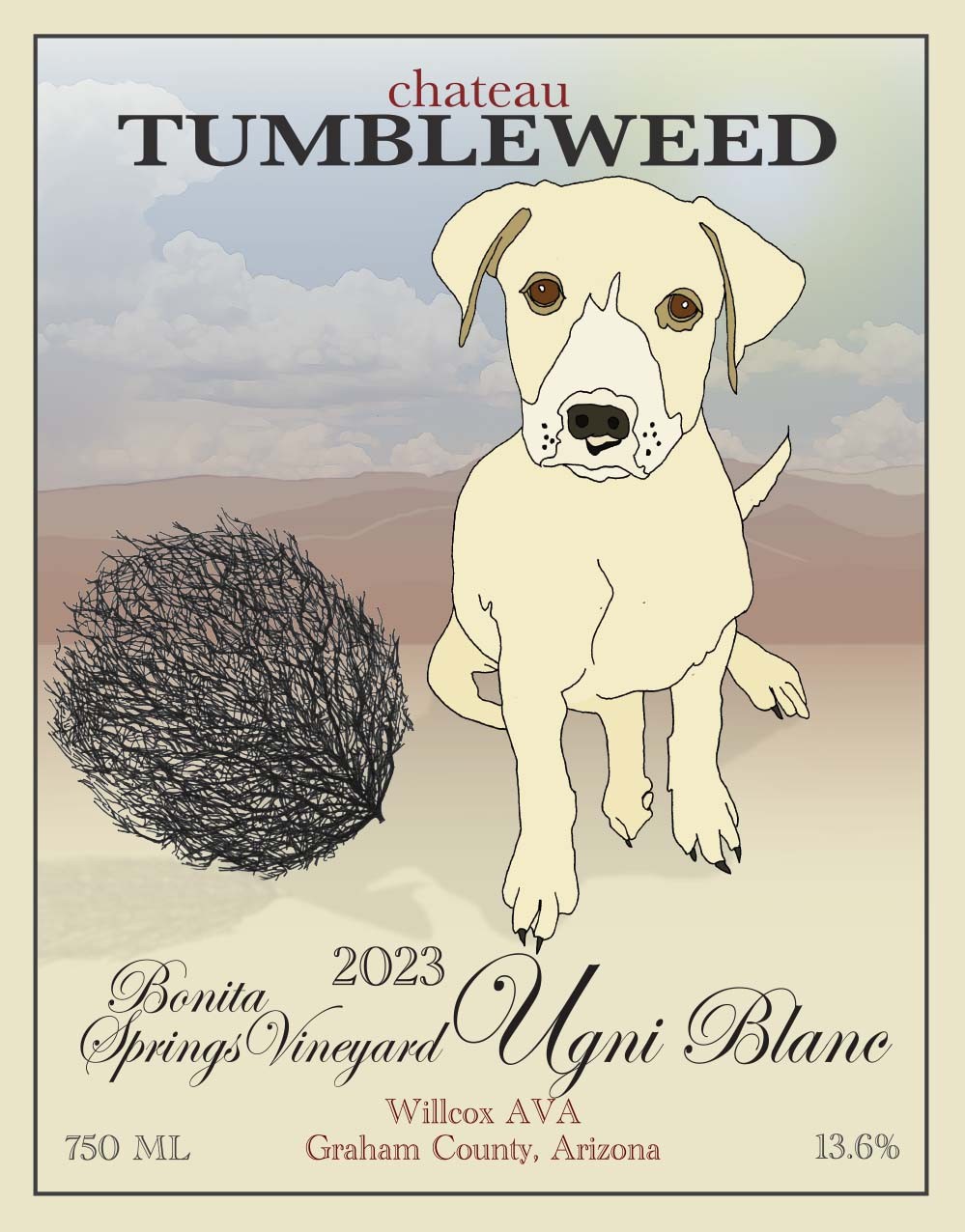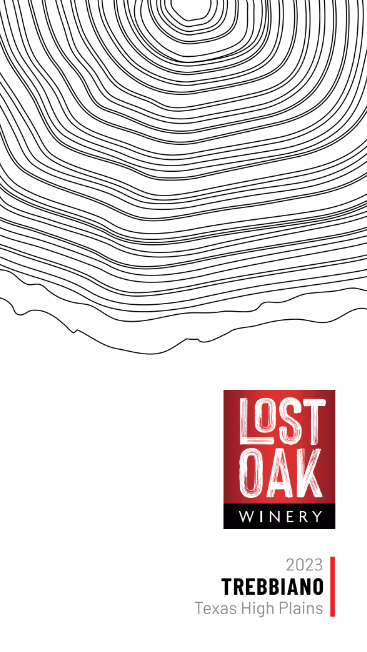Characteristics of Trebbiano
Trebbiano Toscano, or Ugni Blanc, is known for its subtle aromas—think gentle notes of white flowers, lemon, lime, and green apple, with hints of pear or almond and, from warmer Mediterranean areas, occasional balsamic or pine resin accents.
The wines are light-bodied with vibrant, high acidity, making them especially refreshing and a popular choice for blending or distillation, largely due to this acidity and their typically moderate alcohol levels in base wines. Achieving real aromatic complexity usually requires careful vineyard work or blending with other Trebbiano varieties. The finish is clean and dry, perfect for simple, thirst-quenching whites.
What Does Trebbiano Taste Like?
Trebbiano (Ugni Blanc) expresses a range of subtle flavors shaped by both regional influences and climate. Its hallmark is a light, refreshing profile with high acidity and restrained aromatics, but nuanced differences do emerge:
-
Regional Influence: In warmer, Mediterranean-influenced areas, Trebbiano can reveal unique notes of balsamic or pine resin, adding a gentle complexity to its otherwise understated character. Occasionally, a distinct salinity and minerality hints at the vineyard’s specific terroir.
-
Climate Effect: Across climates, the grape’s core flavors remain focused on crisp green apple, lemon, and pear, with subtle suggestions of white flowers and lime for added lift. Warmer sites may coax out hints of stone fruit, while cooler locations emphasize zippy acidity and delicate herbal notes, sometimes with almond or quince in the background.
Overall, Trebbiano’s sensory profile is defined by its brightness, moderate alcohol, and versatility, adapting subtly to its growing environment while remaining refreshingly neutral and food-friendly. Its high acidity and restrained character also make it a valued component in blends and for distillation.
Notable Region Trebbiano Grows In
Trebbiano Toscano adapts easily to different regions, with its style and purpose shaped by local winemaking traditions.
-
Tuscany, Italy: The core region for Trebbiano Toscano, where it adds freshness and structure to Vin Santo and white blends.
-
Cognac, France: Called Ugni Blanc here, this grape is essential for making Cognac, valued for its high acidity and neutral flavor.
-
Gascony (including Gers), France: In this area, Ugni Blanc is key to Armagnac production, appreciated for its acidity and steady yields in a warm climate.
-
South Africa: Trebbiano is used in both bulk white wines and brandy, with plantings increasing in recent years due to its performance in the vineyard.
Food Pairings
Trebbiano, also known as Ugni Blanc, is a crisp, refreshing white wine that pairs beautifully with a variety of light and fresh dishes.
-
Seafood & Poultry: Its lively acidity complements grilled fish, shrimp, seafood salads, and simply roasted chicken, enhancing delicate flavors while cleansing the palate.
-
Pasta & Salads: Lighter pasta dishes like primavera or seafood pasta, along with green salads or Caprese, benefit from Trebbiano’s bright character, especially when paired with citrus-based dressings.
-
Cheese & Spicy Fare: Enjoy with fresh mozzarella, ricotta, or goat cheese, as well as aged Pecorino; the wine’s acidity also balances creamy sauces and helps mellow the heat in spicy dishes.


